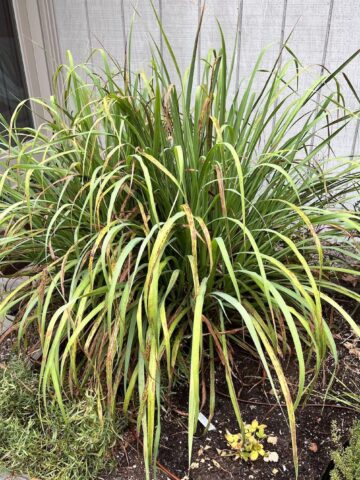Food safety is a huge concern these days, but for struggling shrimp farmers who have suddenly found themselves open to a world market, their dream has come true. They can finally make a decent living doing work they know and are proud of.
But Asian are fiercely competitive and if you read enough news in Vietnam, there are food safety scares all the time. I remember growing up hearing the stories of people using jet fuel to fry food in.
However, if you're a shrimp farmer in the Mekong Delta and you're trying to get ahead (i.e., buy your first refrigerator) and stay competitive in the world market, what's your best strategy?
We love our seafood but we're rarely willing to pay much for it. If we are willing to pay more, then farmers such as the one in this U.K. article from the Daily Mail, wouldn't need to use funky chemicals to raise tasty products.
- Is your prawn cocktail toxic? -- by Alex Renton, Daily Mail, 10/3/08
Agronomy in Asian is ancient and as farmers speed up to 'modernize' -- what is the price to their health, consumer's health, and traditional methods of producing food? How much do we really need to eat to feel satisfied? I see shrimp cocktail at lots of parties and people can't get enough of the stuff.

















Simon Bao says
The most helpful thing anyone can do is to use our precious and diminishing dollars to reward sustainable shrimp, wild-caught or farmed. That's helpful to ourselves and the loved ones we're feeding shrimp to, it's helpful to Vietnam's environment, and helpful to Vietnam's shrimp farmers.
Sustainable at this time means shrimp harvested or farmed in Canadian and US waters.
Whether they're wild-caught or farmed, those *imported* Tiger Shrimp and White Shrimp are *not* sustainable in any way.
But i
Nate says
We love to eat shrimp but nowadays we eat it very rarely. The devastating environmental effects of shrimp farming and wild harvesting are so detrimental. "Getting a deal on shrimp" is not such a good thing anymore.
JoshuaL says
Even the frozen bags of "wild caught, USA " shrimp we buy (at $10-12 pound) at the Asian market smell distinctly like petroleum.
The only crustaceans we eat anymore somewhat regularly are frozen scallops ($10-12 pound), wild caught USA. Very expensive but quite tasty and fresh tasting when properly defrosted (taken out of the bag and defrosted in a bowl in the fridge). The only other crustaceans we ever eat are fresh oysters and mussels when in Oregon, Wa or some other clean growing place.
I wou
oahu helicopter tour says
Good for the people. It can be a very good living.
Canada Goose Danmark says
It lies here and there in the squares and the opening of the streets
—angular like blocks of white marble.
Beats by Dre says
Never fry a fish till it's caught.
marlon says
The devastating environmental effects of shrimp farming and wild harvesting are so detrimental.